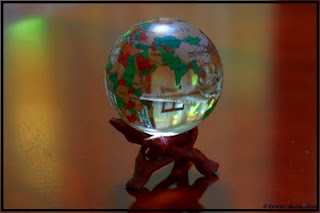HDR with kids
 Saturday, October 9, 2010 at 11:42PM
Saturday, October 9, 2010 at 11:42PM HDR photos involve getting multiple exposures and combining them into one photograph and then tone mapping them to get details in bright and dark areas.
At least that is my one line understanding of the concept.
The best results seem to be for images shot in early morning or early evening where shadows play a big part of the shot and there are possibilities for increased hues and color saturation. Works best with monuments in the foreground, brick houses, waves etc.. you get the idea?! No, go see these photos..
You usually do not see photos of people in HDR because it is difficult for the subject to stay still while taking three shots (especially ones with long exposures).
The kids are extremely co-operative and have posed for >10000 photographs put together . .
So, here is a first attempt. Downloaded a trial version of PHotomatix to do this. Very very impressed with the software (better than the free version of FDR tools), but doubt the Mrs. will allow the real version to be purchased with the 99$ price tag. Nevertheless, a great tool to understand HDR better..
Suggestions and ideas for the kid-HDR learning part 2 are welcome!
.
 HDR,
HDR,  high dynamic range,
high dynamic range,  photoblog,
photoblog,  photography,
photography,  photomatix
photomatix 











